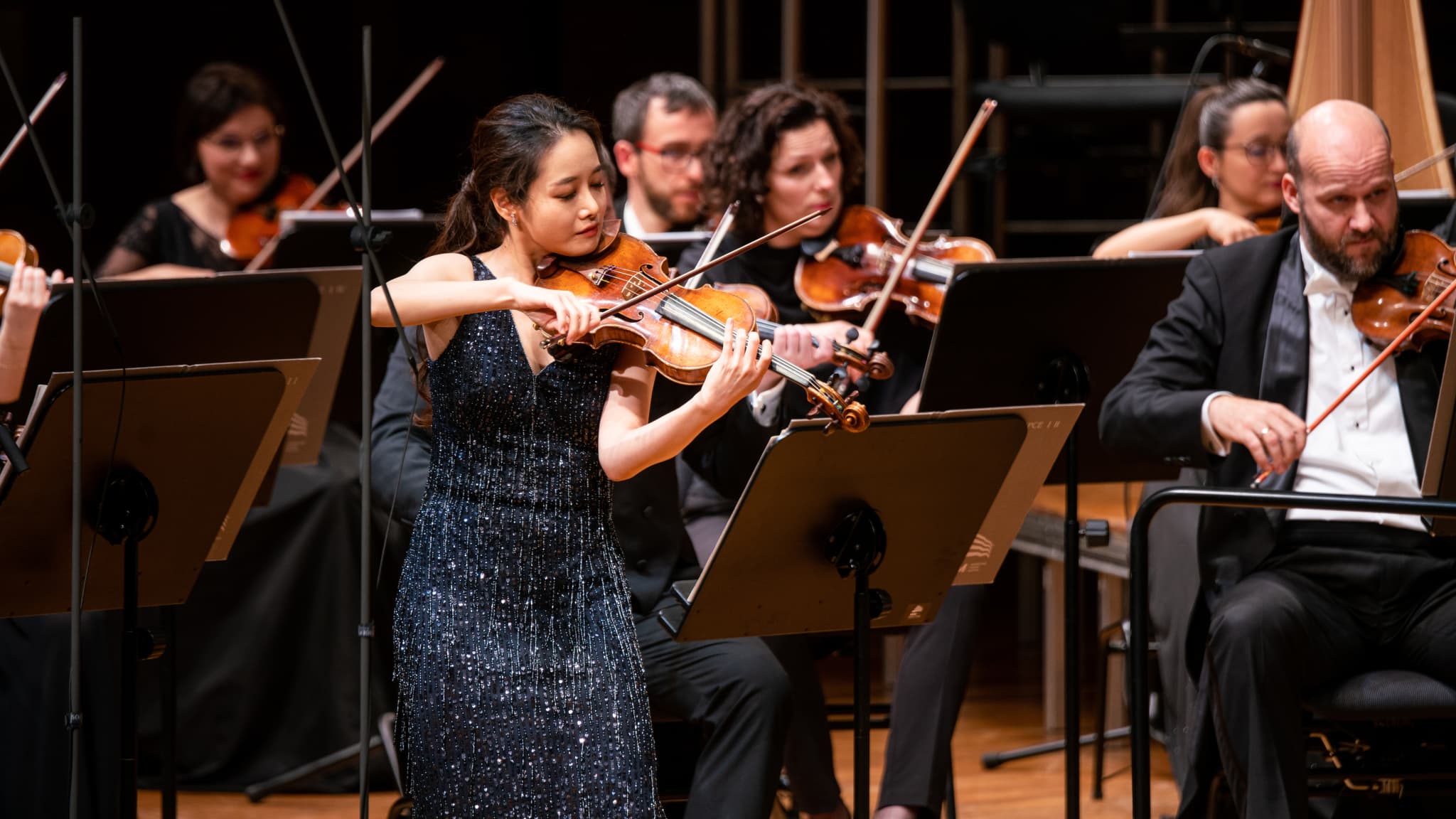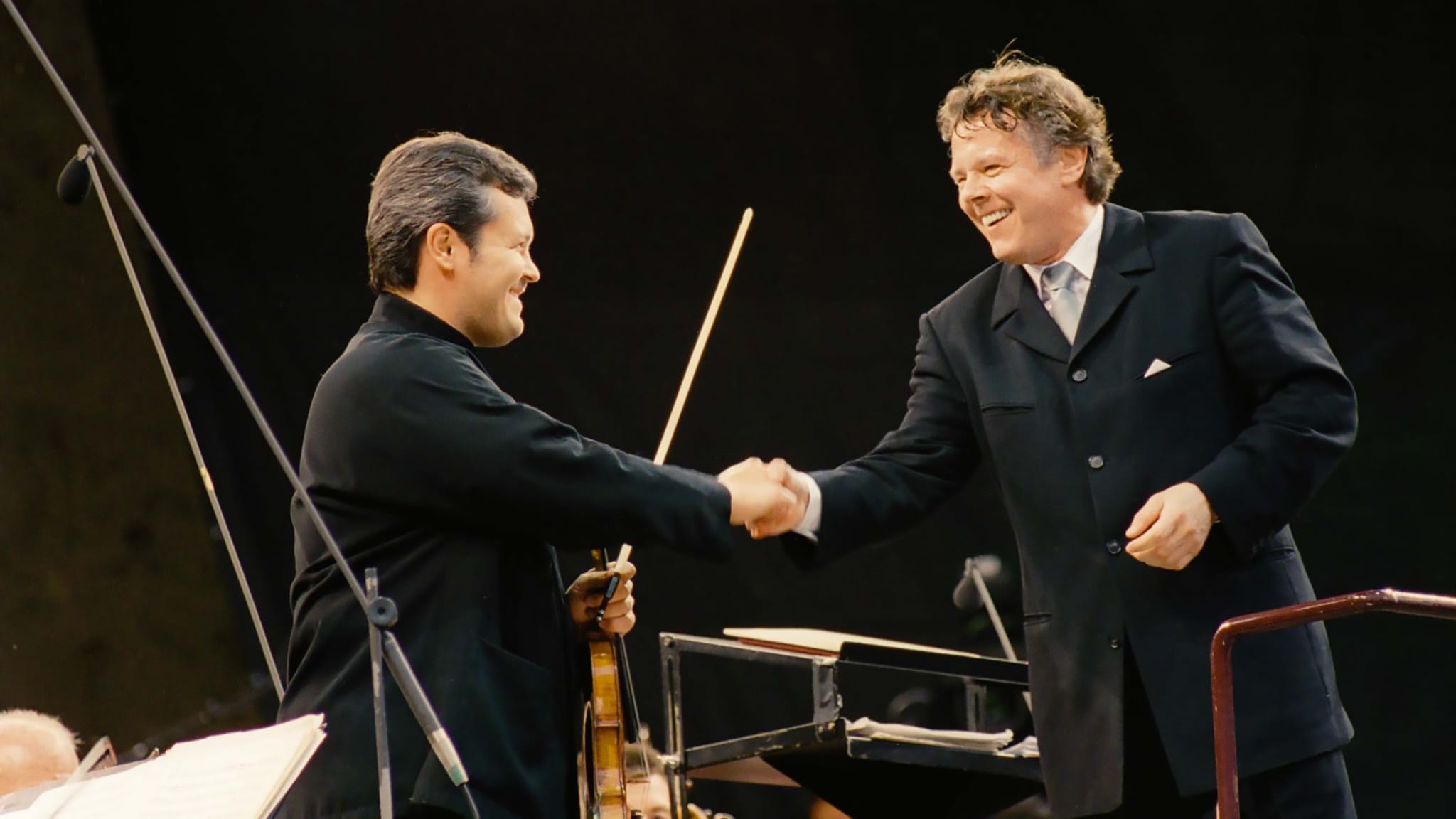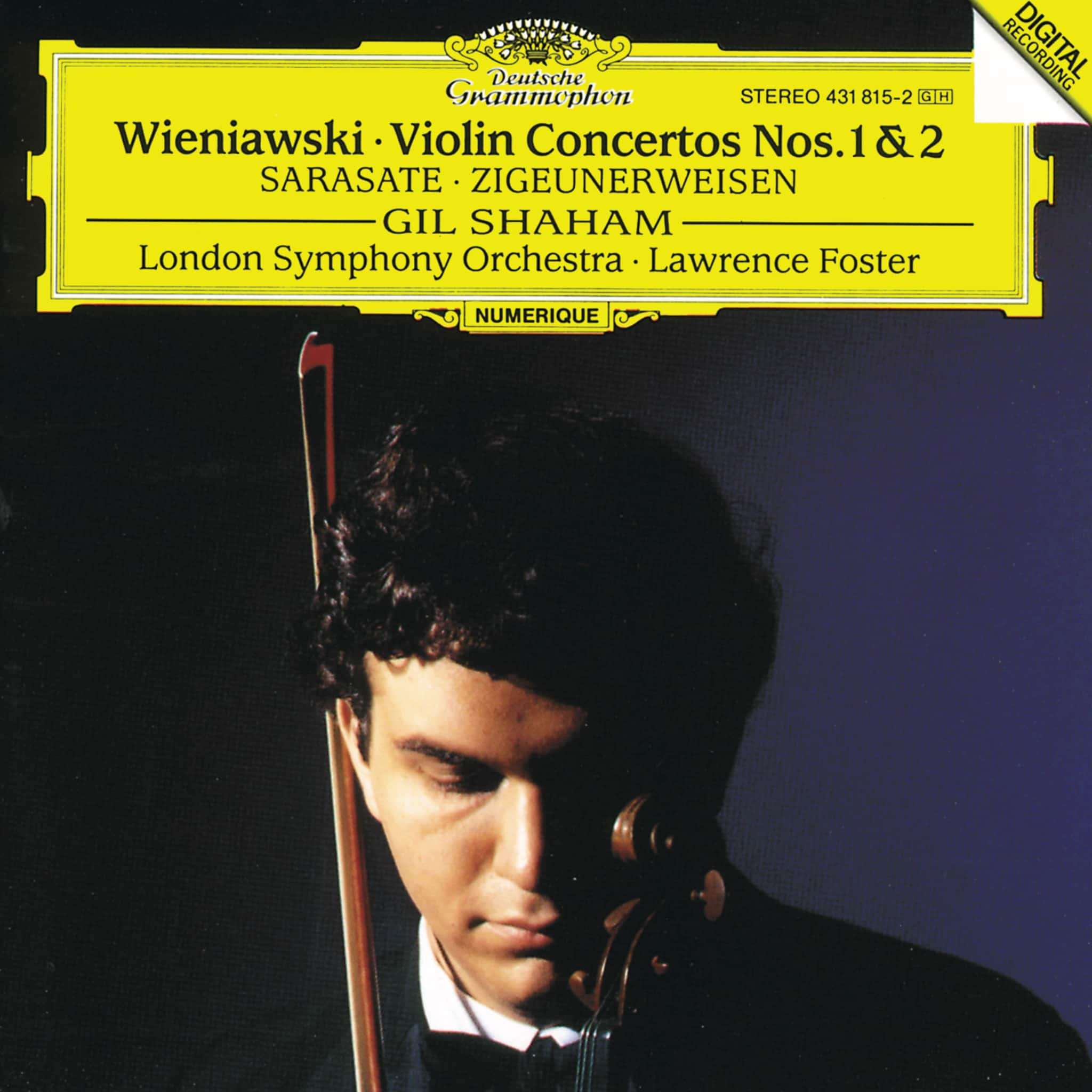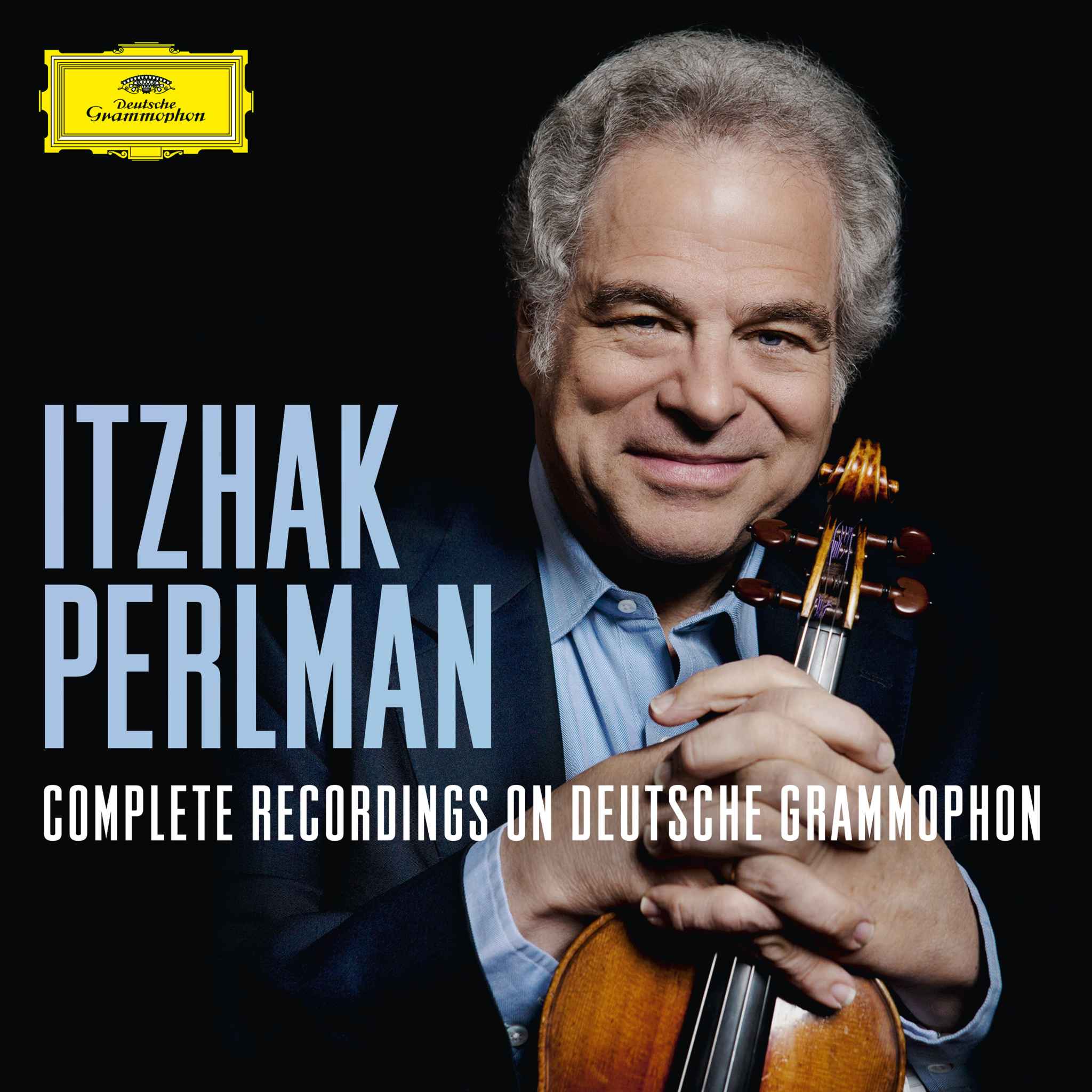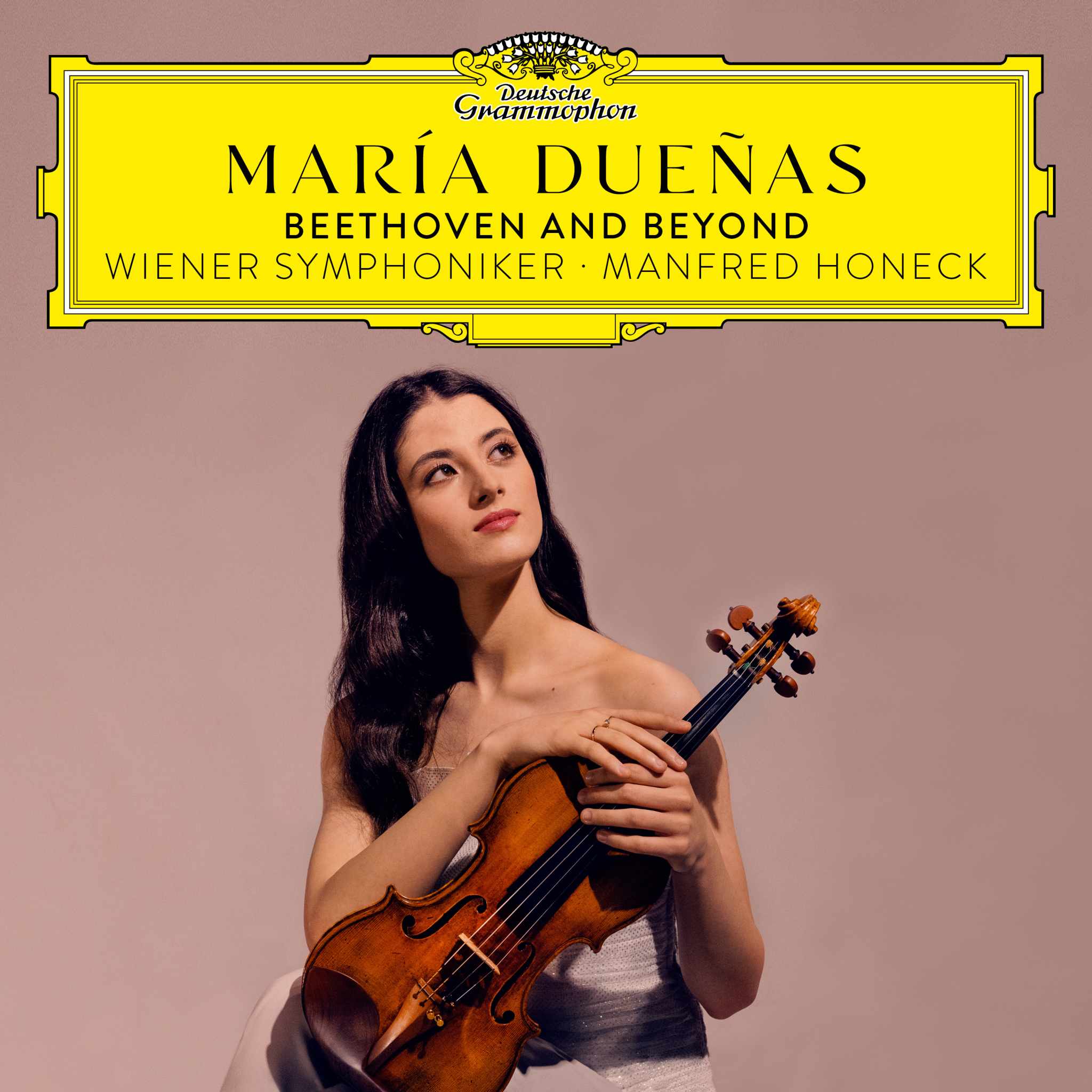The Exceptional Works and Legacy of Henryk Wieniawski
Henryk Wieniawski (1835–1880) is celebrated today as one of the most extraordinary violinists of his era and a composer whose works continue to be central to the violin repertoire. Born in Lublin, then part of the Russian Empire and now Poland, Wieniawski demonstrated exceptional talent early on. He entered the Paris Conservatoire at the unprecedented age of eight and graduated with the first prize in violin at eleven, a record at the time. By age thirteen, he was already touring Europe, captivating audiences with his technical virtuosity and expressive playing.
Early Life and Fame: Wieniawski's Entry into Music
Wieniawski's entry into the world of music was marked by his prodigious talent. His early admission into the Paris Conservatoire and his graduation with top honors in violin set the stage for his future success. His fame spread quickly as he began touring Europe at a young age, impressing audiences with his technical skill and emotional depth.
Signature Compositions and Style
Wieniawski's music combined flamboyant virtuoso display with deep lyricism and a distinctly Polish character. His compositional output, though relatively small, has left an enduring mark on violin literature. He wrote two celebrated violin concertos, Violin Concerto No. 1 in F-sharp minor, Op. 14 (1853) and Violin Concerto No. 2 in D minor, Op. 22 (1862). Both works are lauded for their passionate melodies, technical fireworks, and unmistakable Polish sensibility, and are considered cornerstones of the Romantic violin repertoire.
His composition, Légende, Op. 17, composed around 1860, is one of his best-known works, showcasing his gift for melody and emotional depth. Wieniawski's salon music and bravura pieces, such as the Polonaise Brillante and Scherzo-Tarantelle, are favorites among violinists for their demanding technique and vibrant character. These often draw inspiration from Polish folk themes and operatic melodies. His etudes and caprices, including those also featured alongside works by Paganini and Sarasate, challenge violinists with their technical brilliance and imaginative writing.
Legacy and Influence
Wieniawski's influence on the world of classical music is undeniable. He was regarded as the reincarnation of Paganini in his time. His exceptional works and notable performances have left an indelible mark on the violin repertoire, making him one of the most famous violinists of the 19th century. His music continues to inspire and challenge violinists today, solidifying his lasting legacy in the world of classical music.
